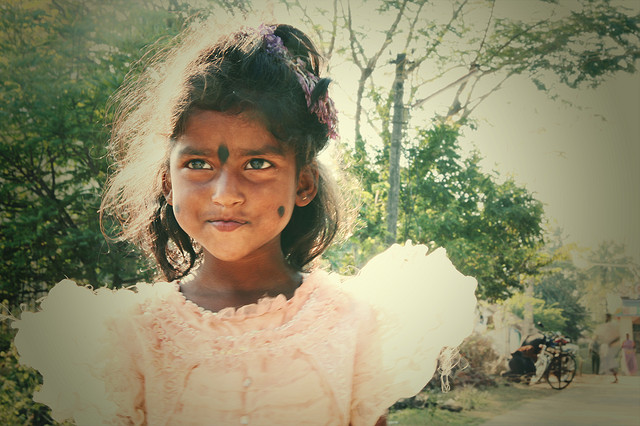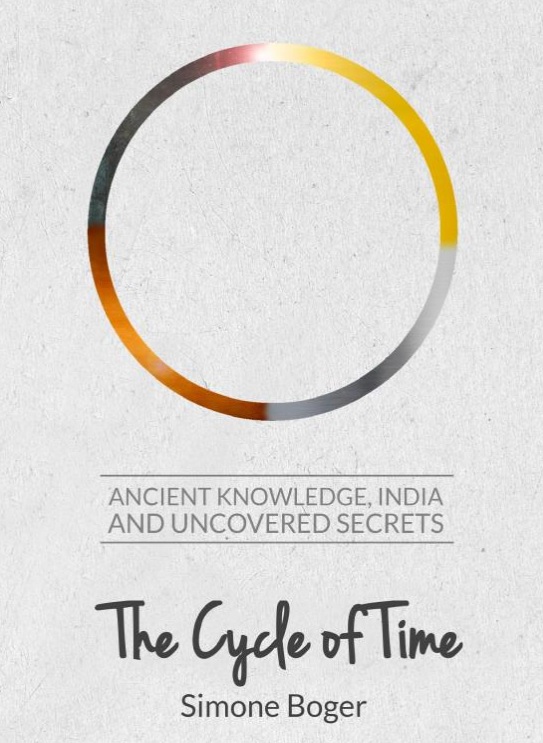“To see the future, you must look backwards,” says the bible.
Similar statements are found in the scriptures and stories of all ancient civilizations, which believed humankind would cross turbulent waters before the birth of a new world. The cyclic understanding of history has a lot to say about the present moment we are living.
To those who are familiar with “alternative history,” one thing seems to be certain: there exist huge gaps when it comes to explaining our origin and our understanding of ancient history.
In the midst of many new findings, there is an interesting view to consider. It comes from India, the place once called the land of Dharma—a path that remembered humankind’s ancestors as enlightened beings who lived in a land of truth.
The images of deities depicted in temples are but a reflection of a bygone era; an attempt to preserve the memories of a still remoter culture, whose traces were lost in the shadows of the past.
In ancient India, the quest for lost knowledge developed into a myriad of paths and schools of thoughts, which aimed for a complete understanding of life. No efforts and resources were spared in attempting to know the eternal self and its interaction with nature and the divine.
The Cycle of Time is a non-fiction account based on research and experience, a collage of quotes from old and contemporary sages. It aims to reveal the essence of the existing patterns between events and their relation with human consciousness.
Below is an excerpt from the nonfiction The Cycle of Time ~ Ancient Knowledge, India and Uncovered Secrets. More on the subject together with the digital version of the book can be found here.
Sat Yuga
More than a myth or ideal belonging to the imagination of ancient peoples, the perfect age was believed to have really existed. The celebrated Eden of ancient cultures—preserved in the memorials of great civilizations as well as in popular folklore—has come down to us as fragmented memories from a distant era. The constant mention of elevated ancestors and the nostalgic narrative of the beginning of time, when a few of the divinely gifted were made instruments of creation, is part of a universal repository of thoughts on the origin of humanity.
Every creative impulse in history, every new philosophy and ideology, every religious or cultural manifestation has contained a deep desire, often unconscious, for the heavenly ideal: a return to high consciousness, to a harmonious order and liberation from suffering. Inside the core of all these there remained a latent desire for jeevan-mukti—a life of constant happiness.
The narratives and allegories that describe life in the first age are innumerable. According to Chuang Tzu, a Chinese Taoist philosopher:
They were upright and correct, without knowing that to be so was righteousness; they loved one another, without knowing that to do so was benevolence; they were honest and loyal-hearted without knowing that it was loyalty; they fulfilled their engagement, without knowing that to do so was good faith; in their simple movements they employed the services of one another, without thinking that they were conferring or receiving any gift. Therefore their actions left no trace, and there was no record of their affairs.
~ Myths of China and Japan, Donald A. Mackenzie
The Bible also describes episodes from man’s sovereignty over the world:
“And the Lord God planted a garden in Eden, in the direction of the East, and placed them there.” “…And God said, let them rule over the fishes of the sea and over the birds of the sky, and over the cattle and over the earth and over all the reptiles that move on earth.”
~ Genesis II: 8; I:26,27
Indian history is full of quotations and images that echo the collective memory of a time when people were as noble in their conduct as they were materially developed. Dispersed records exist of this historical period in all ancient scriptures, including the Vedas, which are considered to be the oldest documents in the Indo-European tradition.
The ancient cyclic perspective opens up a historical gap that stands entirely opposed to the more recent theory of evolution. All ancient sources, whether Indian, Egyptian, Greek, or Persian, have made use of this reference, which later became the foundation for many religions and cults.
According to this vision, the first age of the world represents the peak of human experience. As time passes by, the degrees of perfection gradually reduce as part of a natural process that culminates in a complete inversion of the experiences and values of the beginning age.
“The Perfect Age was so called because there was only one Dharma and all men were saints; this is why there was no need for religious rituals. There were neither gods nor demons. Their main virtue was the absence of all mundane desires. Kriya Yuga—the Perfect Age—had no sickness, there was no depreciation as time went by; there was neither hate nor vanity or any kind of bad thoughts, sadness or fear…”
~ Mahabharat, Santiparvan Moksadharma, 231-23
“There, people were divine and their thoughts were fulfilled” ~ Rig Veda 55.6
“They possessed great spiritual power and were righteous” ~ Vrihat Sanhpita 1.1 Utpal Tika
“They were born through the power of yoga and left their bodies also through the power of yoga” ~ Vayu Purana 65.112 and 71.61-63
“…and because their bodies were created through the power of yoga, they were healthy and without sicknesses.” ~ Shvetashvatara Upanishad 2.12
“Only those who were spiritually great deserved to be born and were born in Sat Yuga, which was the very creation of God.” ~ Satyarth Prakash
Focusing most of the narrative in India, we can only reach back a certain distance, finding a people whose ancestors left no records of their past. Considered the world’s oldest religion, even Hinduism itself can neither trace its origins nor name its founders.
In their first records, the people of Bharat already claimed descent from a superior civilization, which they called Adi Sanatam Devi Devata Dharma—the Ancient and Original Deity Dharma.
Dharma is a word that defies easy translation. In essence, it means to live according to the laws and principles that govern nature.
India’s cultural and spiritual heritage still carries fragments of this “prehistoric” past. When memories started fading, sages laid down the foundation of a social structure in order to prevent further decline. The aim seems to have been to restore the previous condition of perfection, which, despite their efforts, was never to return.
Their ideal has survived to today through their beautiful memorials of ancient deities.
Love elephant and want to go steady?
Sign up for our (curated) daily and weekly newsletters!
Editor: Catherine Monkman
Photo: Vinoth Chandar/Flickr, Author’s Own








Read 2 comments and reply